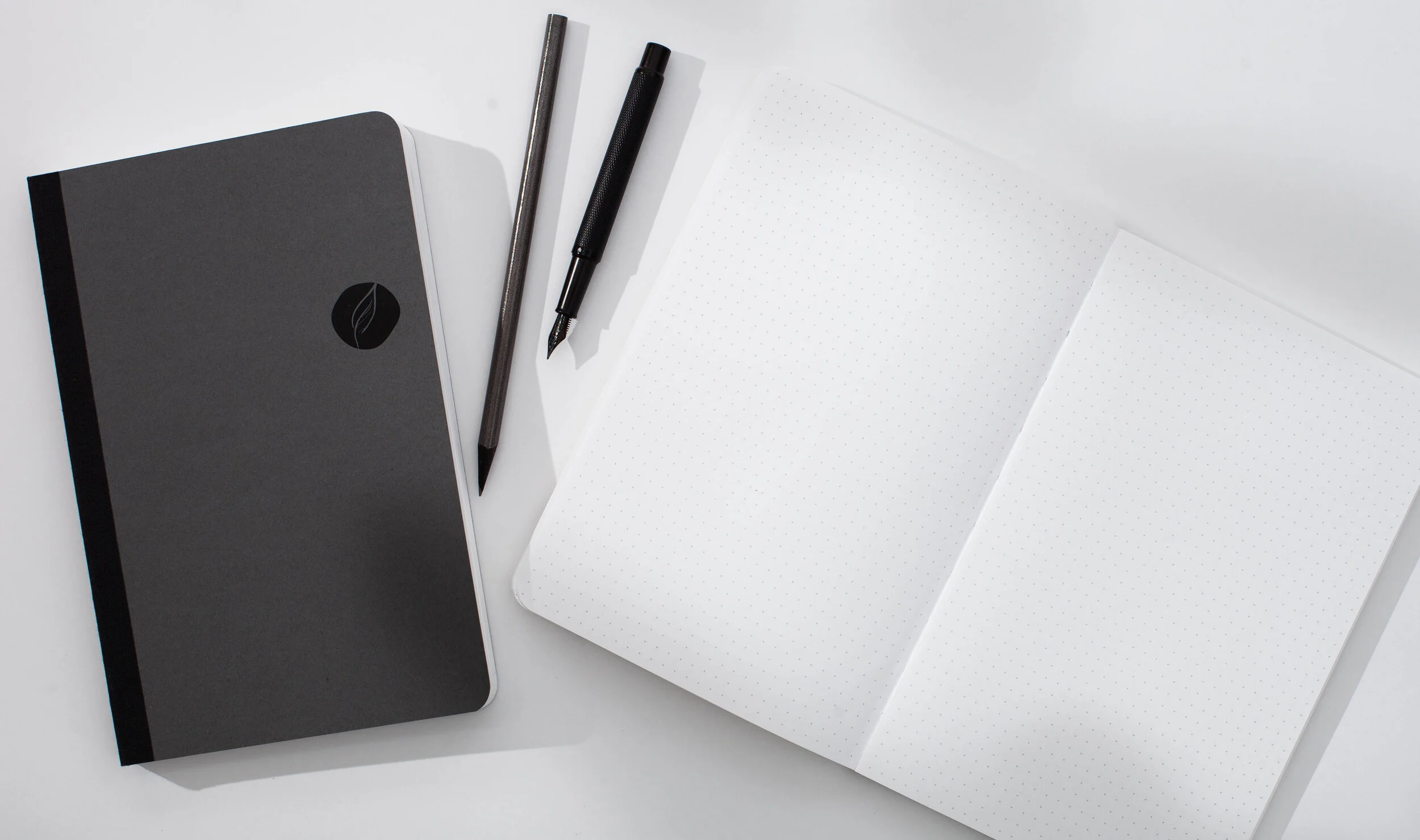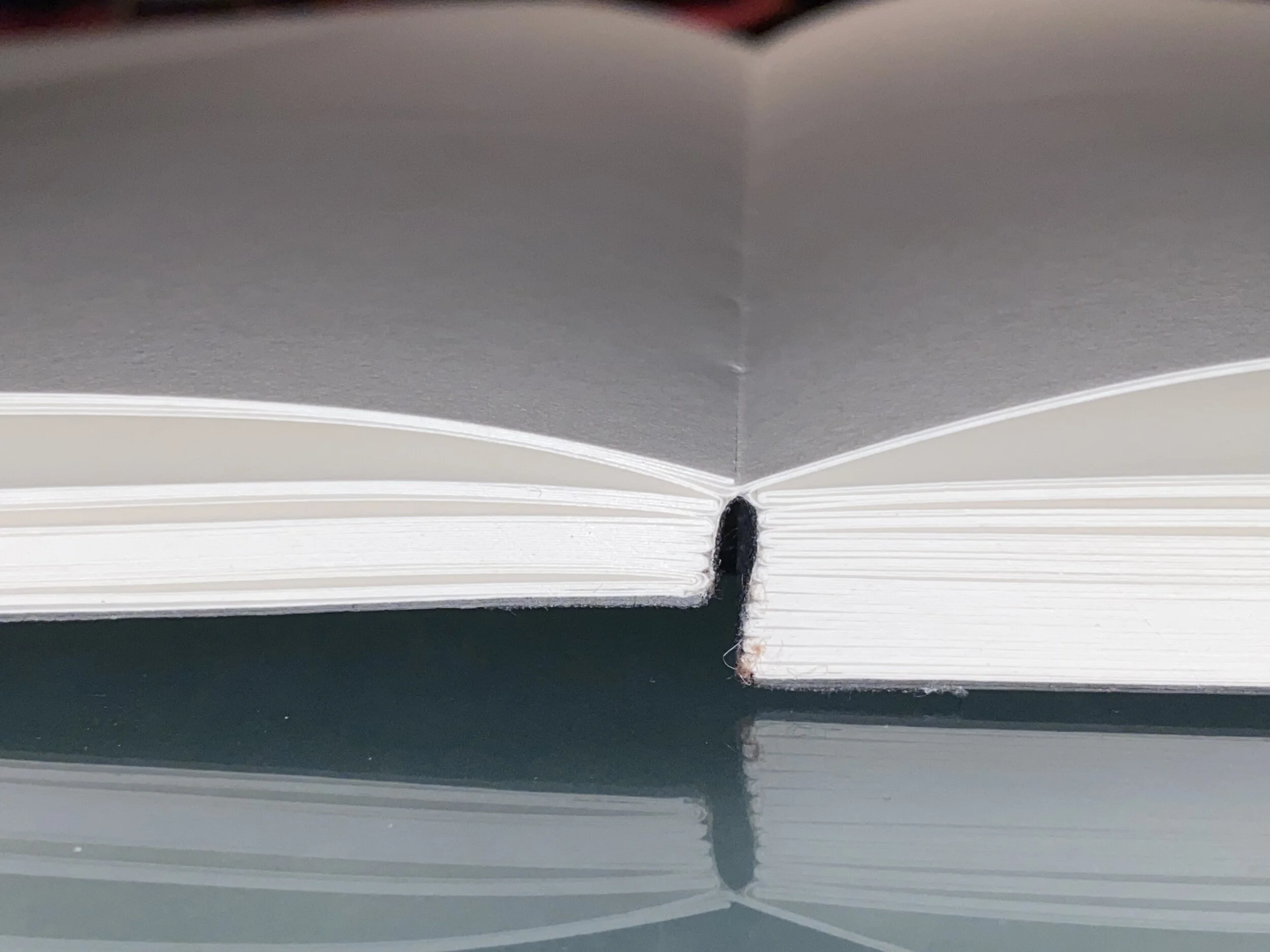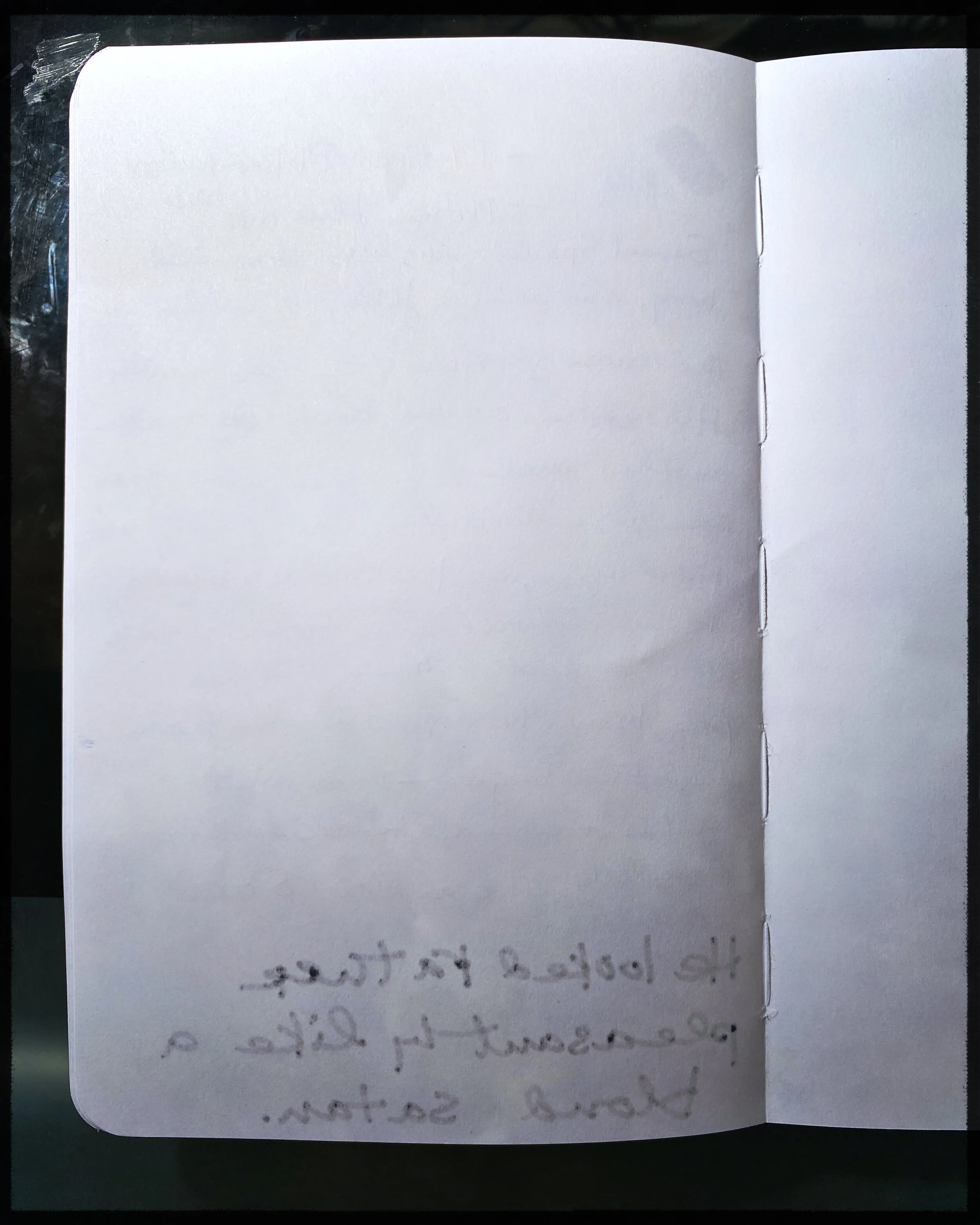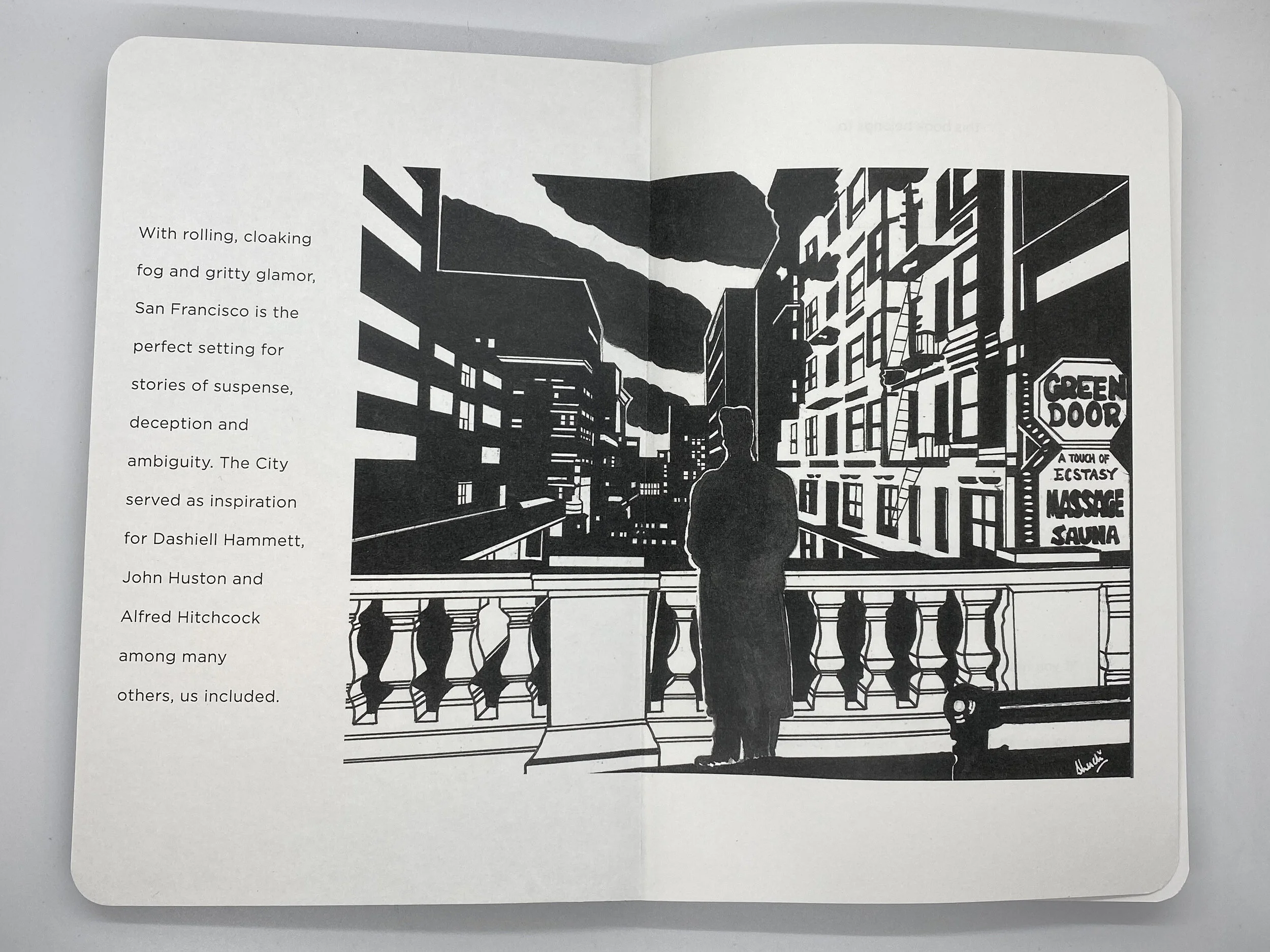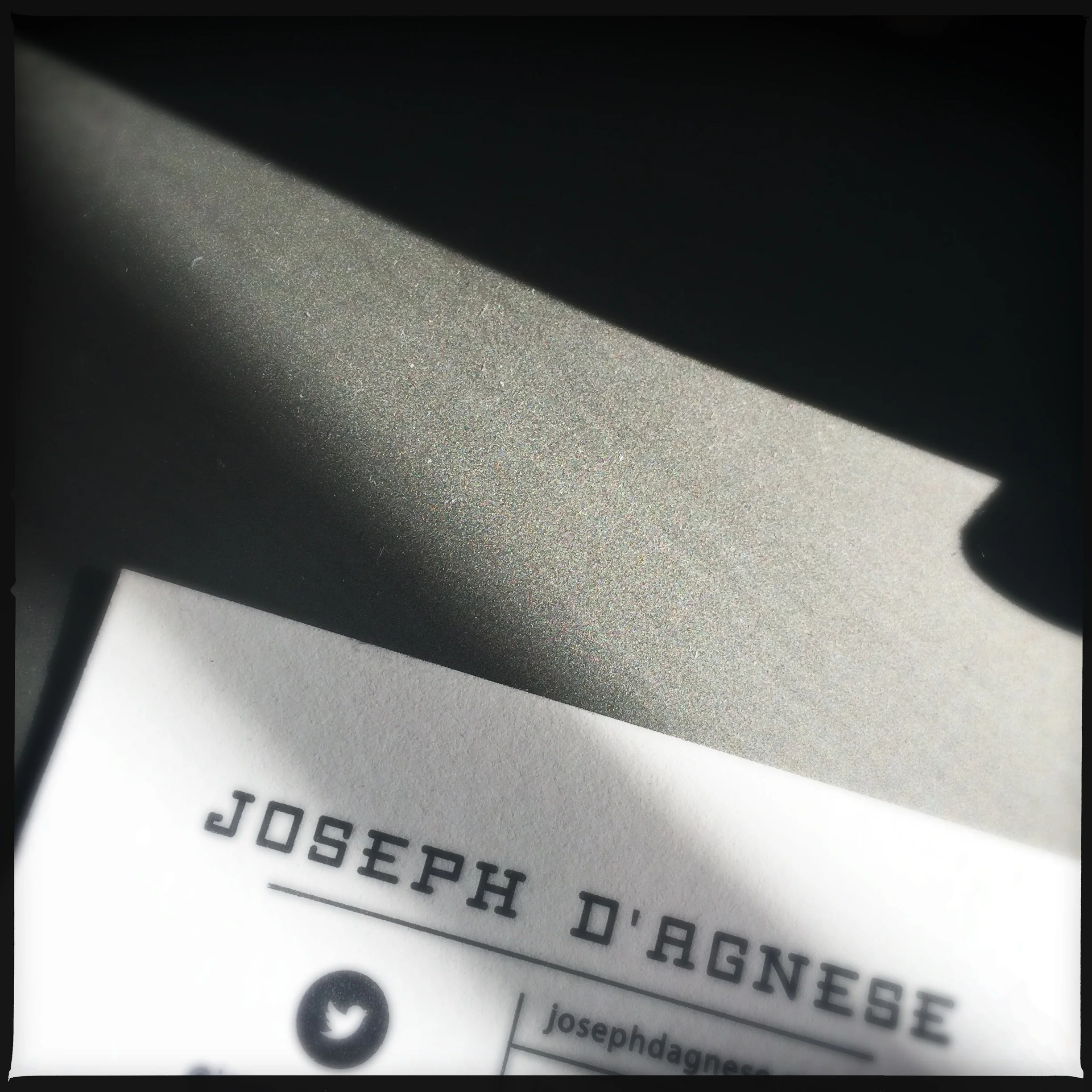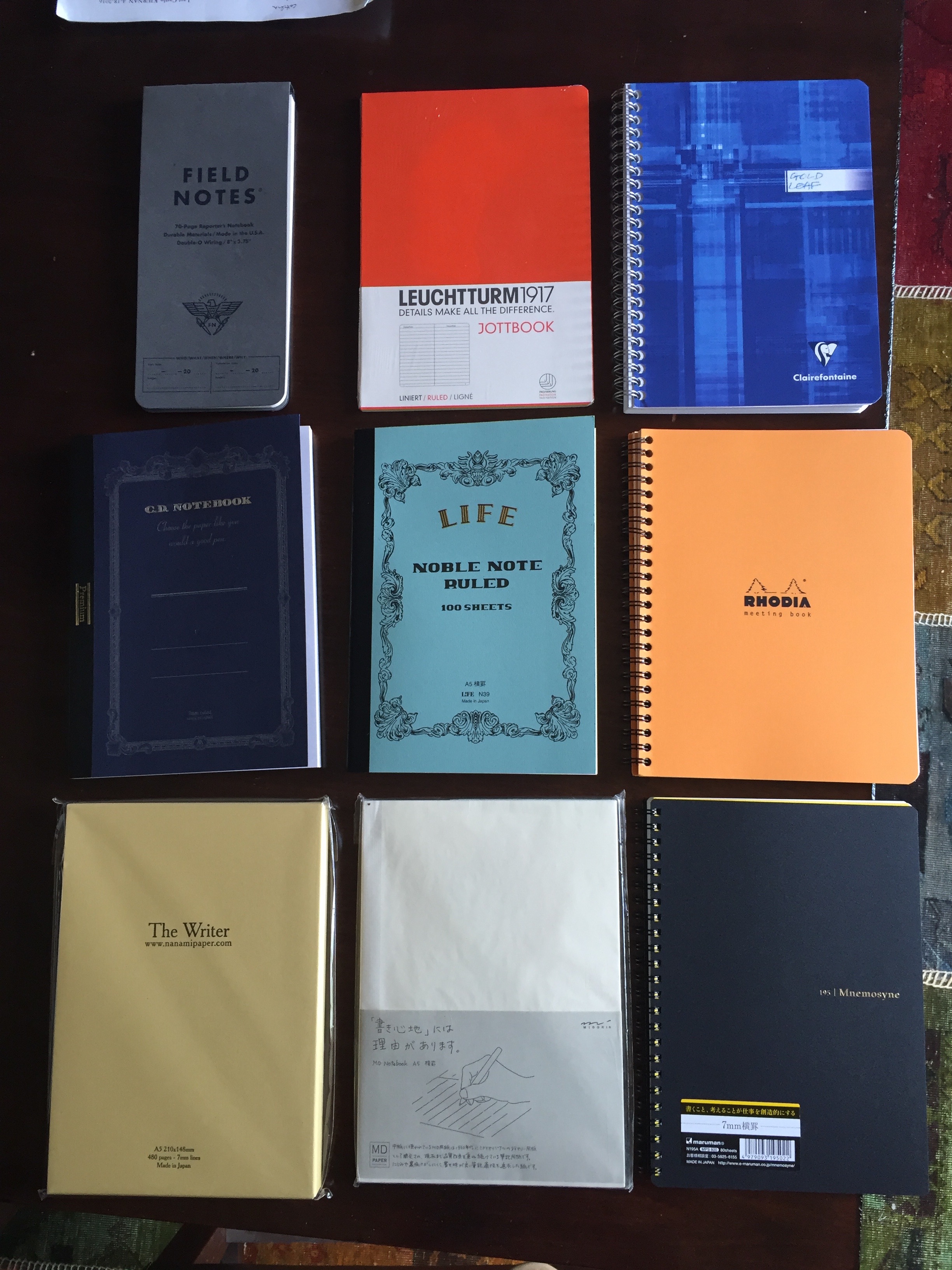Back in the day, I took tai chi classes from an older instructor, or sifu, in Hoboken, New Jersey, who, among other things, also gave me a short course on firearms. He invited me and my then-girlfriend out to his house in the country, where we spent time shooting all kinds of handgun and rifles at targets.
Once I happened to mention that I had bought a fountain pen. He was immediately intrigued, and showed me that he carried one every day. He preferred them over all other writing instruments. "If you have even one," he said, "you should write with it every day."
Well, I didn't. I tried, I really did. But I found that pen to be too fussy to be an everyday writing tool. Eventually the nib of the pen would stop writing and I'd try to get it to start up again. It worked for a little while, then stopped. I was forever setting it aside in favor of a handy ballpoint, and the ink would proceed to dry in the fountain pen and need to be cleaned out laboriously at a later date. Disgusted, I'd move on, leaving the ink blotches and ink-stained fingers behind me. A year or so later, I'd buy a new fountain pen, get fired up to use it, and I'd have the same crappy experience.
Hence my love/hate relationship with fountain pens.
Not long ago, I was telling another friend why I'd given up on the lovely pens I'd bought over the years. (This guy was not a tai chi instructor, just an ordinary pen geek.) He said, "Well, what kind of paper are you using to write on?"
That blew my mind. Turns out paper quality strongly impacts fountain pen use. If the paper's crappy, the fountain pen tears it up as it writes, and the paper fibers clog the pen nib. Or the paper just gets soaked with the ink and bleeds through. And in some rare cases, the pen nib just needs to be tuned up by someone who knows what the hell they're doing.
Which led me to research better quality paper and notebooks. I figure I could spring for this kind of luxury since it's ostensibly related to my profession. I'm currently writing my way through a lot of different notebooks. Suffice to say that the paper in these books is smoother and stronger. They don't shred under the pens, and they don't bleed. In the parlance of stationery geekdom, these notebooks are "fountain pen friendly." Well, wouldn't you know, these old pens of mine are behaving like totally different instruments. It's amazing.
I'll share more about this development soon enough, but the current batch of notebooks are shown above. Most are destined to be the daily notebook I keep on my desk. Some are already dedicated to one specific project or client. Most are A5-sized notebooks, which is the size I like best for my desk and which is roughly 6 X 8.25 inches in size. I've bought them variously at Amazon, Nanami Paper, and Goulet Pens. More on the latter two indie businesses one of these days.





